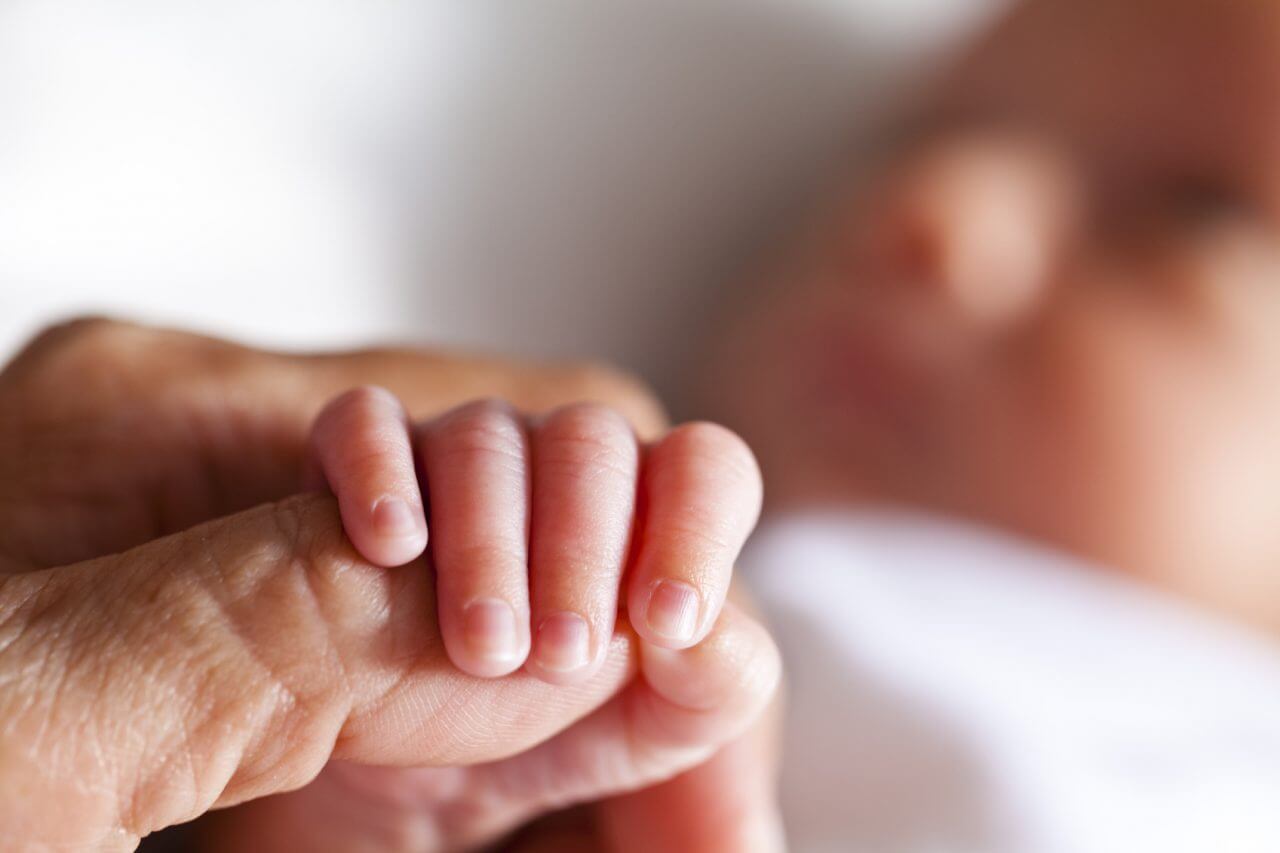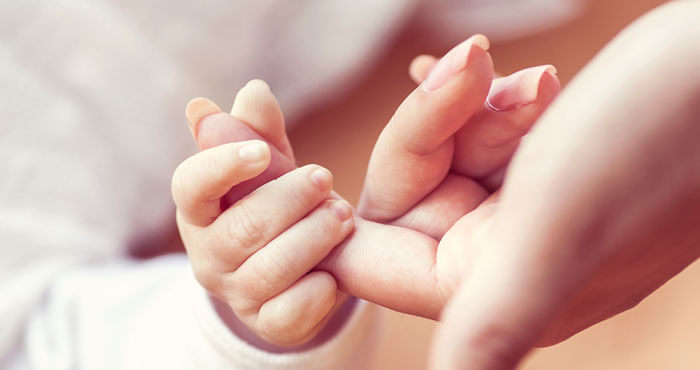Baby Blues or PPD (Postpartum Depression)?

Approximately 70 to 80 percent of all new mothers experience some negative feelings or mood swings (known as the “baby blues”) after the birth of their child. The baby blues generally show up a few days after you give birth and are attributed to the sudden, abrupt change in your hormones. Symptoms, which often disappear on their own within a couple of weeks, include anxiety, irritability and sadness.
When the baby blues last more than a few weeks, and especially if they get worse, it may indicate that a new mom is developing postpartum depression (PPD). This happens to 15 to 20 percent of new mothers.
PPD symptoms are often similar to those of the baby blues. However, they last longer and are more severe. You may also feel hopeless and worthless, and lose interest in your baby. Take the Postpartum Depression Quiz.
If you feel you have PPD, seek expert medical help immediately. In addition to getting treatment, take care of yourself.
Tips to Help Combat Baby Blue and Postpartum Depression
- Slow down. Having a baby is a good reason to take it easy. Resist the temptation to do the laundry while your baby sleeps. Have food delivered or ask your partner to get takeout on the way home.
- Be good to yourself. Make sure your own basic needs are met: try to sleep and eat well. Don’t feel guilty about the way you feel now. Just because you have PPD doesn’t mean you are a bad mother or don’t love your child. Once you feel better, these feelings will diminish.
- Ask for support. Part of being a good mother is knowing when to ask for help – so don’t be afraid to ask for it during this difficult time. Help comes in many forms, ranging from friends who cook meals and fold your laundry to therapy.
- Share your feelings. Talk with your partner, family and friends about how you’re feeling. Join a new mother’s group.
Men are not immune to stress when a baby comes. Check out some of the common concerns for new dads.



